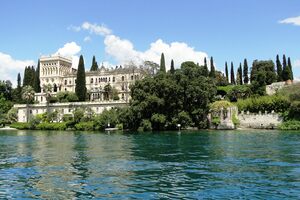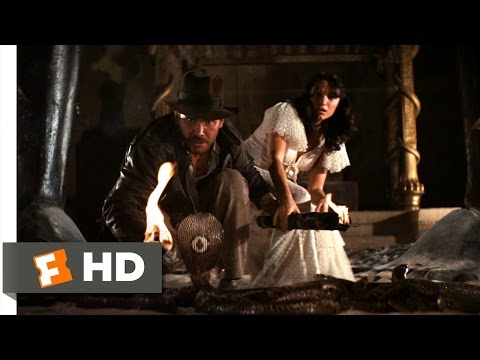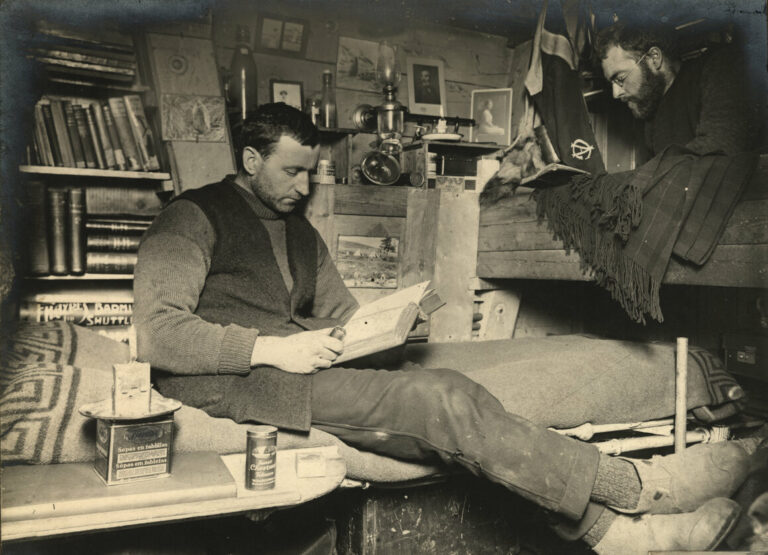Isola del Garda in San felice del Benaco, Italy

Isola del Garda is a small island that takes its current name from the surrounding Lake Garda. However, during the two millennia of human presence, the island has been known by many different names and has had many uses. Today, the island hosts a beautiful neogothic villa.
First inhabited during Roman times, the island was known as Insula Cranie (Isle of Skulls) as it was used as a burial site. During the final days of the Western Roman Empire, the island was abandoned and later became a pirate hideout. In 879, Isola del Garda was granted to the friars of Verona and it was named Isola dei Frati (Isle of the Friars).
It’s not clear when the monks left the island, but in 1180 it was granted as a fief to a local noble family. In 1220, Francis of Assisi reportedly visited the island and the Franciscan order established a hermitage that was later visited by Saint Anthony of Padua and Dante Alighieri, who referred to the island in the Divine Comedy. The hermitage was expanded into a monastery that also served as a theology and philosophy school in the 15th-century.
The monastery was closed at the end of the 18th-century and changed hands multiple times in the following years. At one point, the Italian government planned to build a military base on the island but the project was abandoned. Over the last few centuries, the island has been called Isola Scotti, Isola Lechi, Isola de Ferrari, and Isola Borghese, all names deriving from the noble families that once owned the island.
Currently, the main attraction on the small island is a large neo-gothic Venetian-style villa. The villa is surrounded by an Italian garden and a park. In 1927, the villa and entire island were inherited by the Cavazza family. Since 2002, the island has been open to visitors





